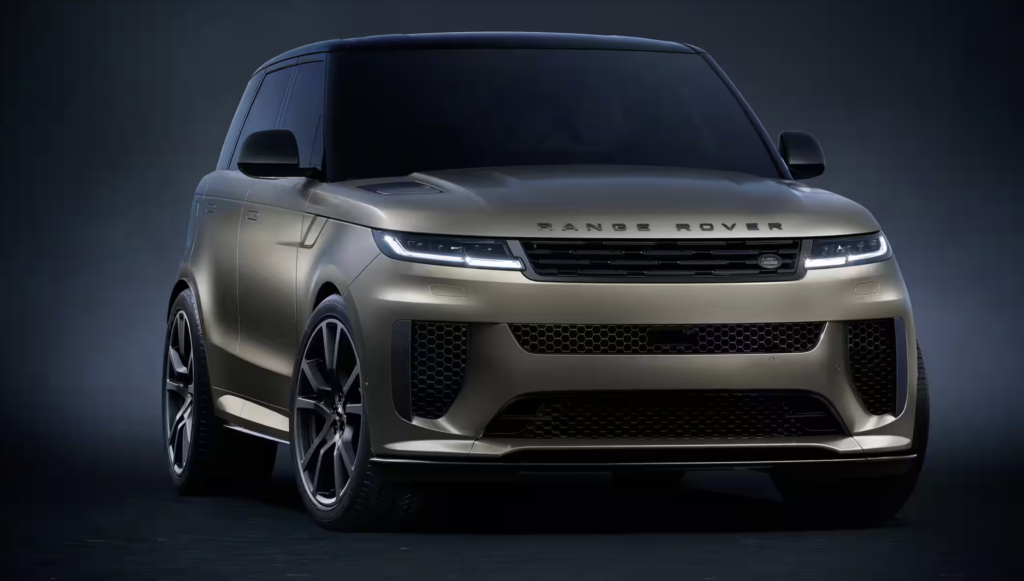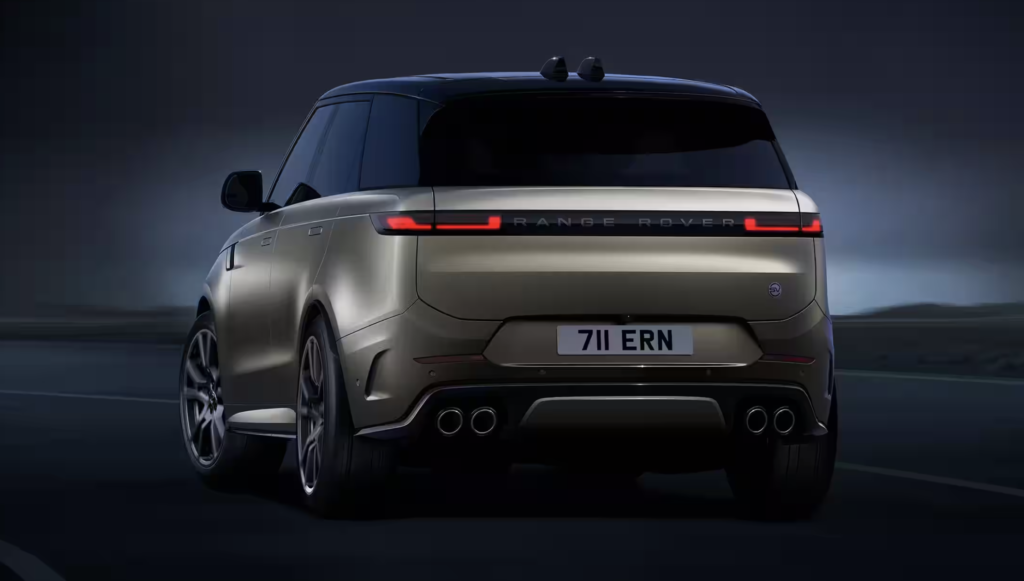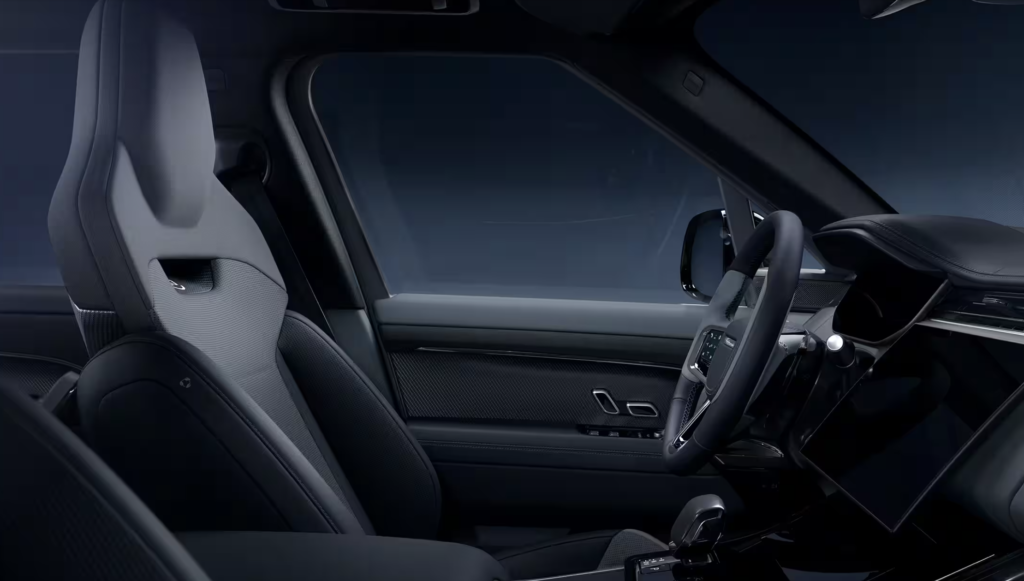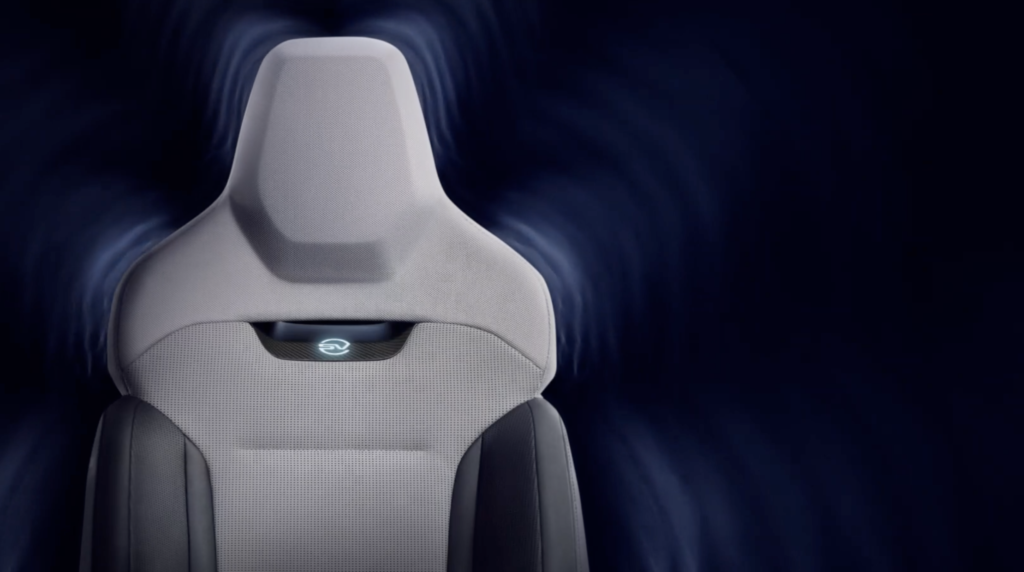Jaguar Land Rover’s new flagship performance vehicle features an all new turbocharged V8, but eagle-eyed motor fans will recognise this power plant from somewhere else.

Image Credit, Land Rover
A History of V8s
Range Rovers have been synonymous with V8 engines since the vehicle’s inception back in 1969. The original “Velar”-badged development vehicles, as well as the subsequent production vehicles, were powered by the legendary 3,528cc all-aluminium Rover V8 engine. By the end of production, the original Range Rover “Classic” was sporting 3.9L and even 4.2L displacement variants of the same Rover V8. Rover, the founders and original owners of the Land Rover brand, chose to use their flagship engine in every petrol powered Range Rover throughout the entirety of their production.
By the time the P38 Range Rover had rolled around in 1994, Land Rover had recently been sold off to German manufacturers BMW. Whilst the diesel Range Rovers were housing BMW M51 turbocharged straight-six engines, all petrol models still utilised the old Rover V8 but this time in displacements of 4.0L or 4.6L. By this time, BMW themselves were producing fantastic V8 engines such as the 4.0L M60 found in the then current E34 BMW 540i and later the M62 and even S62 M5 engine from the all new E39 5-Series in 1996, but BMW instead chose to stick to the trusty Rover V8 when it came to the Range Rover. Imagine what could have been though; a Range Rover with a BMW M5 V8!
The BMW developed L322 Range Rover launched the first BMW V8 engined Range Rover. The 4.4L version of the chain-driven BMW M62 producing 290 horsepower was deemed ample enough and a big jump in development from the old Rover V8. Despite the connections to BMW, Land Rover had actually been owned by the Ford Motor Company since 2000 so by 2005 Range Rover production had been given a dramatic shift towards more Ford-owned engineering via Ford’s other luxury brand at the time, Jaguar.
The 4.4L BMW M62 V8 was replaced by the 4.4L Jaguar AJ-V8 which produced similar performance on paper to the BMW engine, however it was the 4.2L Supercharged offering which essentially gave birth to the modern-era of “fast” Range Rovers. The 400 horsepower 4.2L Supercharged AJ-V8 AJ33S engine had previously been used in Jaguar’s top performance car offerings including the XJR, S-Type R and XKR models. By 2009, Jaguar and Land Rover had officially merged under the ownership of Tata Motors and the AJ33S had been replaced by the all-new 5.0L version offering over 100 horsepower more than its predecessor.
The 5.0L Supercharged AJ-V8 was the recipe Jaguar Land Rover used for all high-performance vehicles going forward; from the 550 horsepower SVR models to the most powerful production car in Jaguar’s illustrious history, the 600 horsepower Jaguar XE SV Project 8. The engine was that popular it was even used by Bowler Motors in their Bowler Nemesis model and even David Brown Automotive in their Speedback Silverstone Edition.
A New Era?
So it came as a bit of a shock then, that JLR ditched their renowned supercharged V8 in favour of a turbocharged offering for the 2024 Range Rover Sport SV Edition One. So let’s run the numbers. Where have we seen a 4.4L twin-turbocharged V8 before? Well the answer of course comes from the Range Rover’s old German foster parents from the 90s. More specifically, BMW used a 635 PS version of their S63 V8 in the coveted BMW M5 CS released back in 2021.
The S63 engine offers 60 PS and 50 Nm of torque more than the previous generation Range Rover SVR and even tops the XE SV Project 8’s credentials. This places the Range Rover Sport SV Edition One firmly at the head of the table when it comes to JLR’s power rankings. Even Jaguar’s iconic XJ220 supercar is considerably down on power compared to the latest collaboration between Land Rover and BMW.
There’s currently no clear evidence to say that JLR will continue to work with the Bavarians on future endeavours but it could signify an intention to finally move away from supercharged engines by the Coventry-based firm.
The M5 Powered Range Rover
So what exactly have the Special Vehicles Operations been up to? The old Range Rover Sport SVR was an incredibly popular rival to the likes of of the BMW X5 M and the Porsche Cayenne. It was fast, stylish and cultivated both owners and onlookers alike. But JLR’s SVO obviously needed something more.
Limited to a production figure of just 2,500 units, the M5 powered Range Rover was offered to and sold out by perspective buyers before they even knew what it looked like, let alone any specifications. All at a price point of over £171,000. At 635 PS and 750 Nm, this 2.5 ton luxury SUV will undoubtedly shift like no Range Rover before it, however that price makes it one of the most expesnive SUV offerings on the market and into the likes of Bentley Bentayga and Aston Martin DBX territory.
Reports state the 4.4L V8 is M-sourced and SVO-fettled. Exactly what JLR’s team of experts have done to the engine, aside from shoehorning it into a Range Rover Sport, is yet to be announced. SVO have however, come up with their own exhaust system that is a sure improvement on the somewhat muted soundtrack of the BMW M5 CS of which it shares it’s motor.
Performance
With great power comes great responsibility, or a need for great handling. The suspension system is designed to handle varying degrees of terrain – from the smooth roads of winding European foothills to a traditional English farm track – the Range Rover Sport SV One Edition yields a level of control previously unseen in a vehicle of this type.
The 6D Dynamics system does away with traditional anti-roll bars, instead utilising four multi-valve hydraulically-linked continuously variable semi-active dampers in tandem with switchable volume air springs. This means a greater level of control can be exerted over the car’s pitch and roll, resulting in dramatic reduction of heave under acceleration as well as less dive under braking and finer body control. The world first system offers a healthy saving in weight and keeps the vehicle better planted in corners. That’s a win-win!
Unsprung weight, or weight reduction of any kind may not be the first thoughts that come to mind when thinking of a Range Rover, however this model features newly developed 23-inch fully carbon fibre wheels; the biggest carbon fibre wheels of any production car to date, saving 36KG of weight.
Keeping with the carbon theme, the brakes are the largest carbon ceramic brakes ever fitted on a production vehicle, saving a further 34KG of weight. The frankly ginormous Acid Green brake callipers are also the largest ever to be fitted to a Range Rover.
It is also the first Range Rover to feature the benefits of launch control, making it a worthy competitor at traffic light grand prix events all over the world.

Image Credit, Land Rover
Exterior
The design is very much in-keeping with what we associate with typical Range Rover styling but with some welcomed updates and additional styling cues. The SV Edition One features carbon fibre extensively – from the painted carbon fibre bonnet to the exposed carbon fibre engine cover, front grill surround, SV Edition One branded front aero splitter, front bumper inserts, bonnet vents, side vents, exhaust tip finishers and even badging.
This limited model comes in three choices of exterior finish; Carbon Bronze Matte, Obsidian Black Gloss or Flux Silver Gloss. Carbon Bronze Matte being a premium satin-finish paint which we at Peacock Prestige think looks particularly nice.

Image Credit, Land Rover
Cockpit
The interior is unmistakably Range Rover luxury but the welcomed additions of SV branded bucket-style seats and illuminated red steering wheel button remind you this isn’t the regular “Range” befitting of the school run. By pressing the button you will engage “SV Mode” which will also illuminates the steering wheel mounted paddle-shifters red whilst giving the vehicle a unique calibration by stiffening the ride, lowering the car by a further 15mm and enhances the V8 soundtrack.
In terms of trim, it’s all very plush, with lightweight Ultrafabric in place of traditional leathers – saving not only weight but also offering a more environmentally friendly take on luxury materials. With options of piano black, carbon and shadow chrome trim. In true luxury fashion, it’s a rather pleasant place in which to ensconce yourself, sporting good visibility from a nice glasshouse with ample space in the back and extending to the boot.
If the sound of a big V8 isn’t enough, music-lovers will be pleased to hear about the “Body and Soul Seat” which, alongside the 29-speaker surround sound system, features four transducers inside the bucket seat which allows passengers to feel the bass in time with the music. Very fancy!

Image Credit, Land Rover
